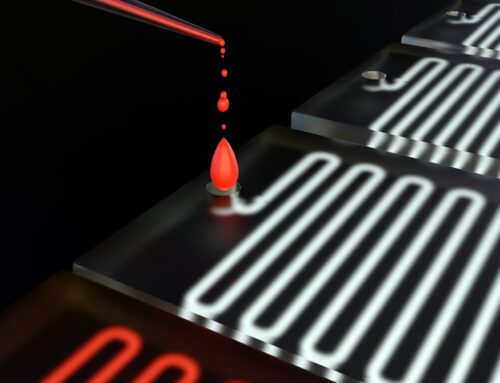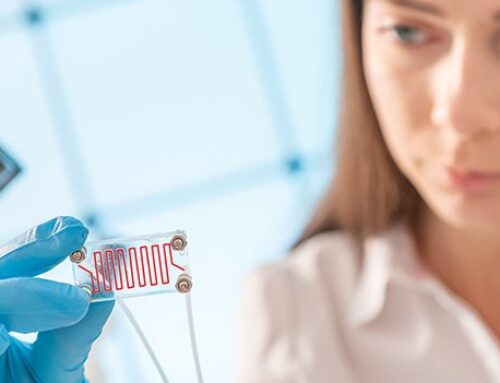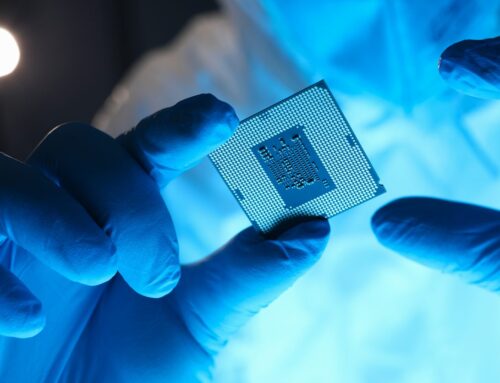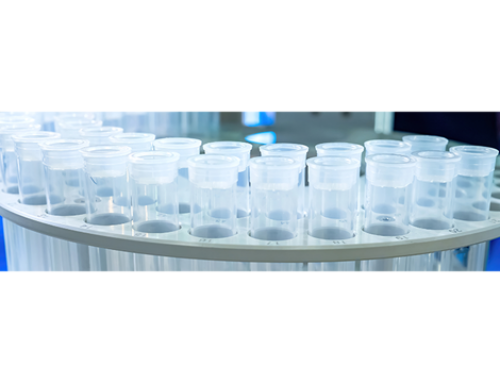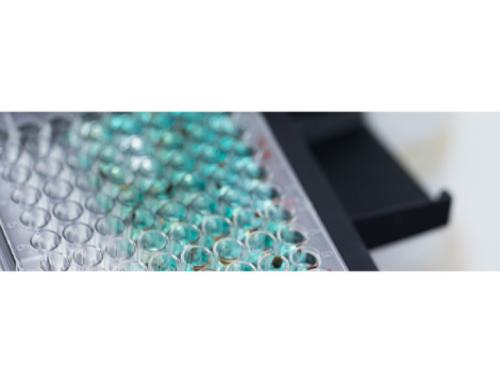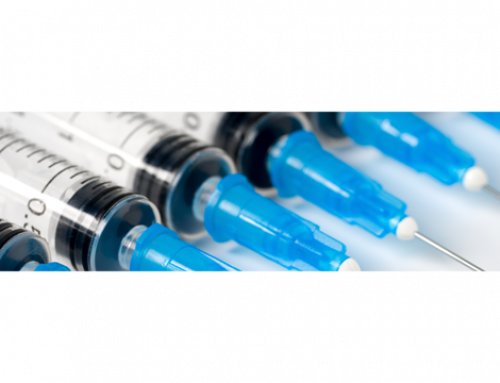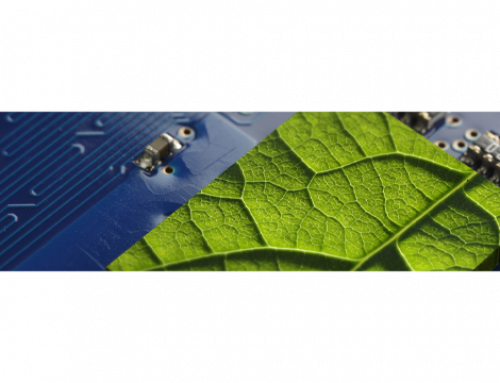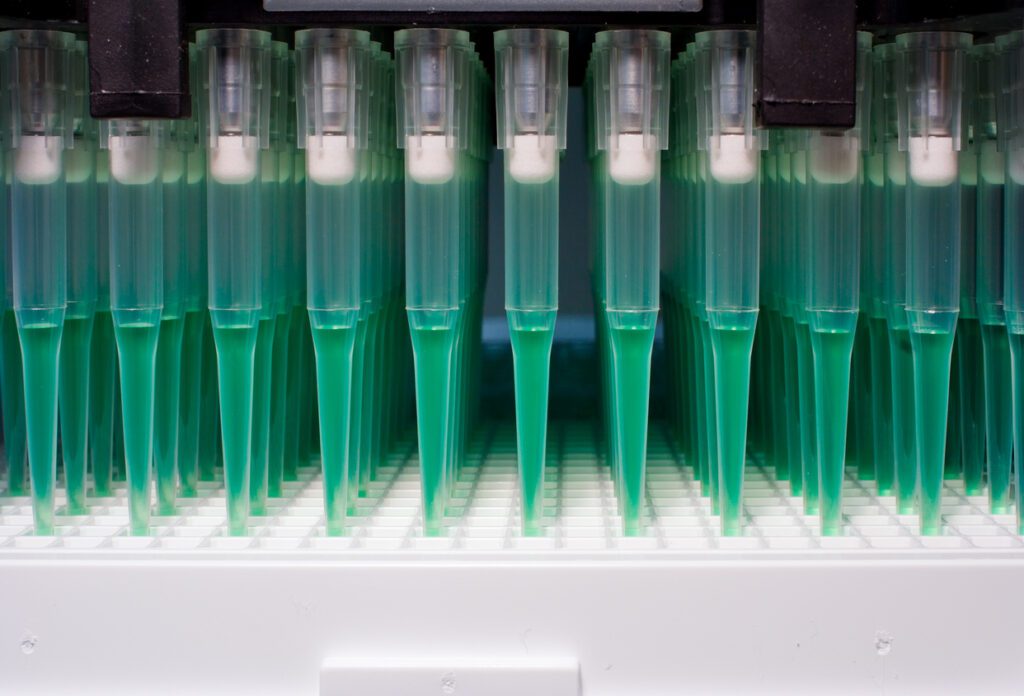 The global biotech industry is a fast-moving, ever-growing environment—expected to reach over $3.6 trillion by 2032—as major players in the industry continue to search for solutions to today’s and tomorrow’s pressing biomedical challenges. Innovations in microfluidic systems are helping to solve these challenges, breaking new ground in biomedical research and precision medicine—particularly personalized medicine, in which highly customized treatments provide results tailored to a patient’s unique health needs.
The global biotech industry is a fast-moving, ever-growing environment—expected to reach over $3.6 trillion by 2032—as major players in the industry continue to search for solutions to today’s and tomorrow’s pressing biomedical challenges. Innovations in microfluidic systems are helping to solve these challenges, breaking new ground in biomedical research and precision medicine—particularly personalized medicine, in which highly customized treatments provide results tailored to a patient’s unique health needs.
The Role of Microfluidic Consumables in Biomedical Research
For decades, consumable microfluidic systems have been crucial for enhancing the precision, efficiency, and scalability of experimental procedures. As microfluidics have evolved throughout the years, from silicon to glass to advanced thermoplastics with increasingly complex, intricate designs, so too has their role as a research tool.
Biomedical researchers have used microfluidic consumables for:
- Accelerating the discovery of new drugs and biological markers with high-throughput screening of thousands of samples or conditions simultaneously
- Reducing research costs by conducting experiments with and gaining insights from minimal sample volumes
- Achieving precise control over experimental conditions such as temperature, flow rate, and reagent mixing for more reproducible and accurate results
- Gaining insight into the behaviors of individual cells that cannot be achieved through bulk analysis
Ongoing research in the biomedical industry, fueled by developments in medical device manufacturing such as new injection molding technologies or exotic thermoplastics, is leading to new developments in precision medicine—particularly in the form of personalized treatments and drug delivery systems:
Exploring Microfluidic Systems in Personalized Medicine
One of the most significant revolutions in the biotech industry in recent history has been the switch from one-size-fits-all treatment to personalized treatments. Every patient’s needs are different, and as technology evolves, it becomes easier to provide unique treatments and therapies tailored to individual needs for more effective results. The evolution of microfluidics has been especially useful for advancing this personalized approach for drug delivery systems and other therapeutics:
- Rapidly analyzing patient samples through on-chip diagnostics to identify disease biomarkers and enable early, precise diagnostics
- Screening various drug compounds against patient-derived tissues or cells via high-throughput assay, identifying the most effective drug for each individual patient
- Producing personalized drug formulations with optimized dosages and compositions based on the specific needs and biological makeup of individual patients
- Monitoring patients’ responses to treatment in real-time through integrated biosensors to enable immediate adjustments to therapy
For example, microfluidic drug delivery systems can produce nanoparticles that carry drugs to specific cells or tissues, which can be used to provide precise treatment for cancer or even traumatic brain injury. Lab-on-a-chip devices can synthesize and formulate drugs on demand—for example, a device that prepares personalized doses of insulin based on real-time glucose readings from a diabetic individual. Or a microfluidic bioreactor with cell microcarriers could promote faster and more effective wound healing by providing a controllable fluidic environment for wound healing.
One particular emerging application of microfluidic systems in the biotech industry is in personalized nuclear medicine solutions: also known as theranostics.
Combining Nuclear Medicine with Microfluidic Drug Delivery Systems
Ever since the discovery of radiation by Marie Skłodowska-Curie, its potential medical applications have been a subject of significant curiosity. Medical radioisotopes, for example, are used widely today in the field of nuclear medicine to treat cancer through methods such as Boron Neutron Capture Therapy (BNCT).
Theranostics, or theragnostics, use a combination of radioactive drugs to identify and treat cancerous tumors. One such type of theranostics consists of two drugs: one drug enables the detection of tumors; the other delivers targeted treatment. As a form of personalized medicine, it can encompass radiotherapy, targeted drug delivery systems, and immunotherapy for cancer treatment.
Many players in biomedical research are excitedly investigating the potential of theranostics for personalized cancer therapy. However, there have been a few roadblocks researchers have struggled to overcome—barriers that microfluidics could provide the key to surmounting.
Microfluidic consumables and biosensors are currently under investigation for their potential to provide easy, real-time monitoring and screening of radiotherapy drug efficacy. They offer the ability to perform real-time diagnostic tests and high-throughput drug screening, as well as small-scale synthesis and formulation of theranostic drugs tailored to an individual patient’s need. Another potential use of microfluidic consumables is encapsulating drugs in nanoparticles or microparticles to allow controlled or sustained release to maximize therapeutic efficacy.
These are only a few of the ways microfluidic drug delivery systems can transform cancer therapy. This area of biomedical research is burgeoning and awaiting the next breakthrough that could crack this field wide open.
Do Your Part to Transform Precision Medicine with Vantiva Precision BioDevices
Is your head spinning with all the promising potential applications of microfluidic systems in biomedical research and medical treatment? Ours are, too—and if you’ve been struck by an idea for a new microfluidic solution for today’s challenges in precision medicine, we’d love to help you make it a reality.
As a contract manufacturer with cutting-edge facilities in the heart of California’s biotech industry community and a century-long legacy of global logistics experience, we’re here to help you as a strategic manufacturing and distribution partner, shouldering the burdens and minimizing the risks of designing, manufacturing, and bringing your new ideas for microfluidic consumables to market at any scale.
Reach out to our engineers today to find out how we can help you take the next big innovation in personalized medicine from design to product.

